Why Are Pearls So Popular in Classical Art and Paintings?

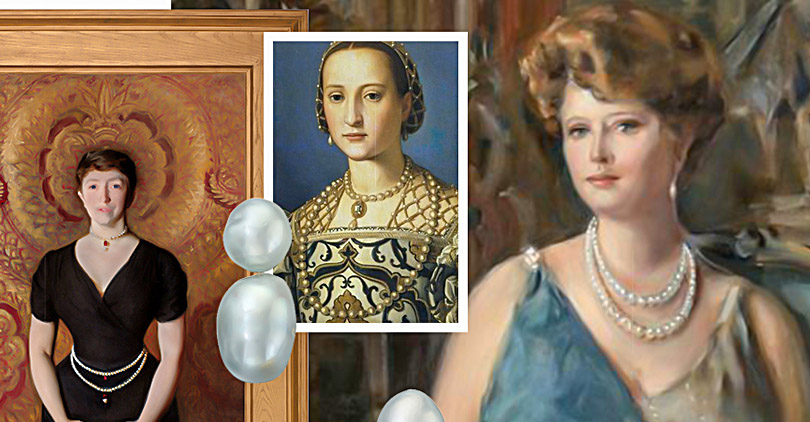
Why do pearls pop up in so much classical art? It's not all about looks-pearls have a history as deep and mysterious as the paintings they're in. Artists did not add pearls merely for sparkle. They used them to tell stories of luxury, purity, and mystery.
For a long time, pearls have symbolized wealth, virtue, and timeless beauty, which has allowed them to be an incredibly potent symbol in art. As a rule, during the Renaissance and Baroque era, pearls were especially common among royalty and rich people.
That is why artists tried to reflect status with pearls. Their natural iridescence and mystique allowed them to convey innocence, power, and grace. All these qualities are deeply admired across centuries of art.
If you have no idea how much meaning can be revealed with just one pearl necklace, then continue further. Each stroke of the brush has an interesting story!
The Symbolism of Pearls in Art History
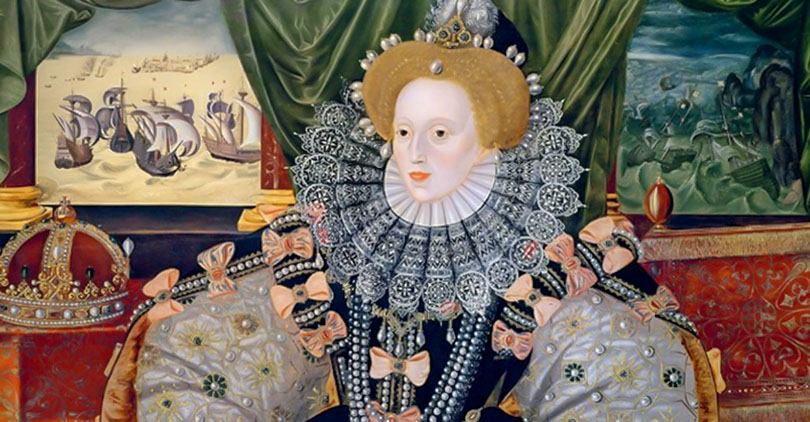
Since time out of mind, pearls have epitomized purity, wealth, and then power. Their rarity combined with beauty made them treasures for the elite, whose inner and outer virtue was perceived to be reflected in pearls.
Wearing pearls wasn't just a thing about style. It was all about stating status and grace. In Greek mythology, pearls were gods' tears, therefore giving divinity to these lustrous gems. This carried further into the Middle Ages.
Back then, royalty and aristocrats prized these gems for their association with heaven. Their rarity made them an effective emblem of nobility and divine favor.
The pearls appeared in many religious and portrait arts, adding layer upon layer of meaning. In religious paintings, the pearls symbolized purity and virtue. They were complementing figures like the Virgin Mary.
Conversely, pearls in portraits accentuated the wealth and refinement of those depicted. They were merging beauty with rich symbolism.
Iconic Classical Paintings Featuring Pearls
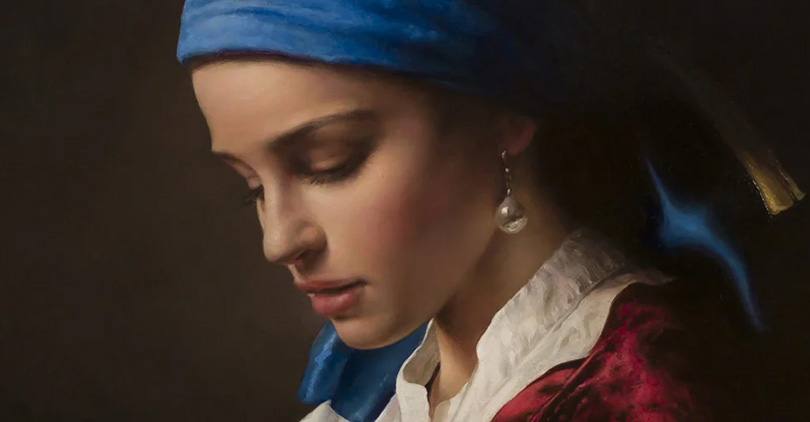
Through the annals of art, pearls have been used as a symbol of elegance, purity, and status. Each artist utilized them where words could not be spoken. The pearls speak in hushed tones about power, beauty, and allure.
Let's look closer at how pearls added depth and intrigue to some of these iconic paintings:
"Girl with a Pearl Earring" by Johannes Vermeer
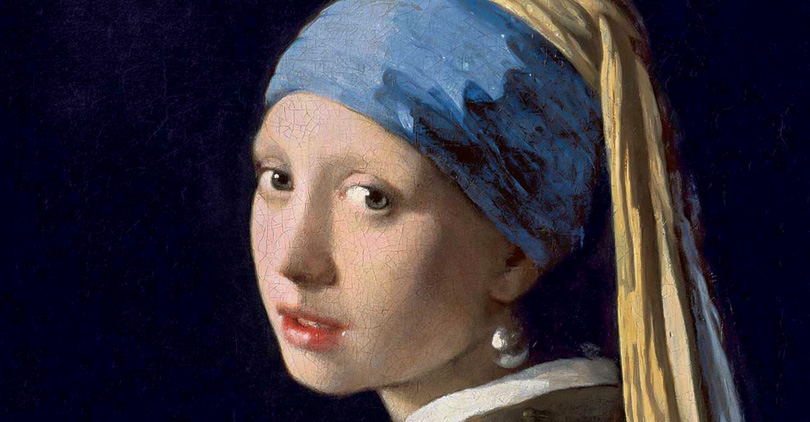
Unique for its simplicity and mystery, Vermeer's "Girl with a Pearl Earring" is unique. Instead of a figure of royalty, Vermeer opted for the peculiar choice of an ordinary girl wearing an exorbitant pearl earring. The result was a very approachable yet surprisingly elegant subject.
Recent critical investigations into Vermeer's words reveal his preoccupation with light and shadow. They animate the pearl earring. Subtle reflections and radiance make the painting very realistic. One almost feels the earring. This effect is mesmerizing as if the pearl contains the essence of the painting.
Portraits of Queen Elizabeth I

The portraits of Queen Elizabeth I are incomparable, but not only because of the similarity they present with her. Her pearls are used symbolically, too.
She had often worn them to represent her purity, her divine right, and her authority, essential in reinforcing her image as the "Virgin Queen."
In "The Ditchley Portrait" by Marcus Gheeraerts the Younger, Elizabeth is draped in pearls intertwined in her costume and crown. Each pearl celebrates her heavenly authority and the purity of her virginity. They are positing her as an almost divine ruler.
"Venus of Urbino" by Titian
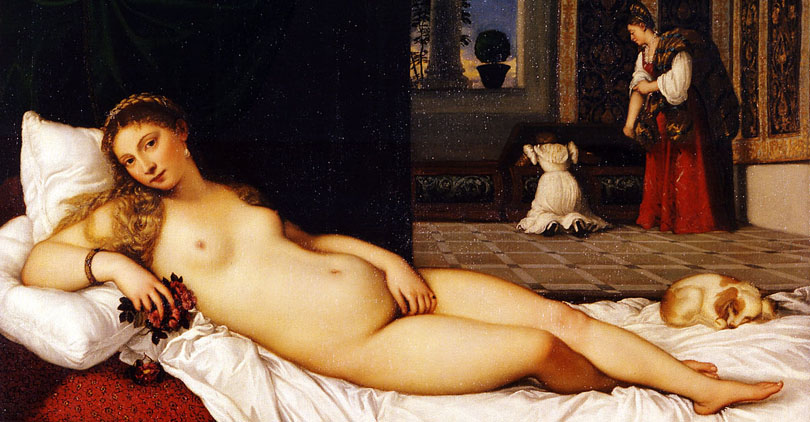
The placement of the pearls brings out the sensual aspect of Venus in Titian's "Venus of Urbino." They come to rest against the skin and underscore her soft, inviting presence. In this case, pearls were used to accent her beauty and to meld with her natural grace.
That fact makes this work often compared with Botticelli's "Birth of Venus," where she emerges from a shell. In Titian's work, though, the pearls reflect her worldly beauty, not her divine origin. They are focusing on her allure rather than myth.
"Portrait of a Young Woman" by Józef Oleszkiewicz
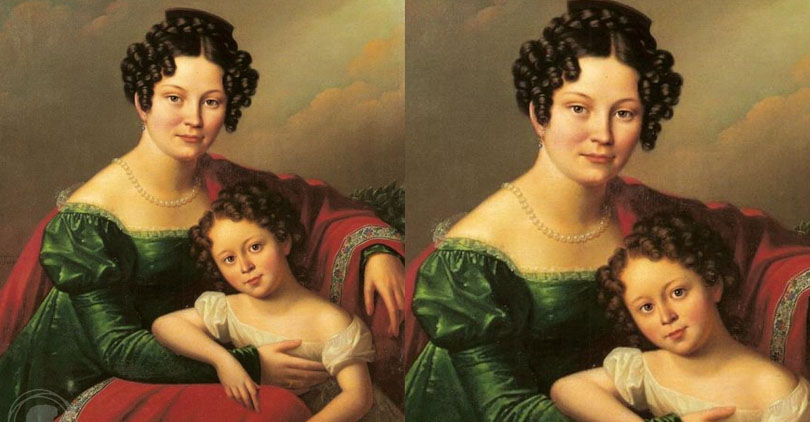
In Oleszkiewicz's "Portrait of a Young Woman," she is bedecked with a single strand of pearls. The delicate choice speaks best to elegance rather than wealth, making her beauty real and reachable. The strand pearls speak well of her poise and also speak to her graciousness - not overdone.
 Shop Now
Shop Now
That simple use of pearls makes the painting relatable to everybody, as it speaks to this timeless appeal with its understated beauty. The pearls adorn but say nothing of luxury. They identify with their subtle enhancement to echo a sense of quiet dignity.
François Boucher's "The Toilet of Venus"
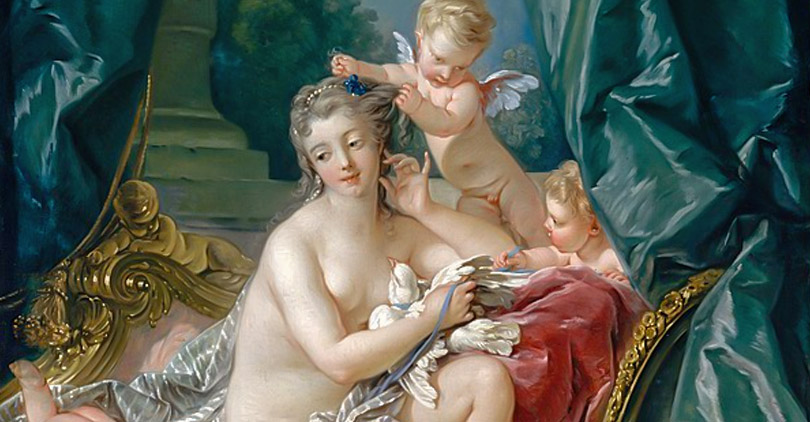
In the Rococo masterpiece "The Toilet of Venus" by François Boucher, pearls are streaming pell-mell with the charm and grace of Venus. Boucher's Rococo style deploys pearls as his romantic accents. It frames Venus with an almost excessive sense of opulence and allure, which evokes an idealized feminine beauty.
Here, pearls don't just accentuate her luxury. They elevate her status in the scene. The softness of the pearls melds with the delicate color palette to create an air of romantic intimacy. It makes Venus seem as lavish as she is approachable.
The Changing Use of Pearls Across Art Movements
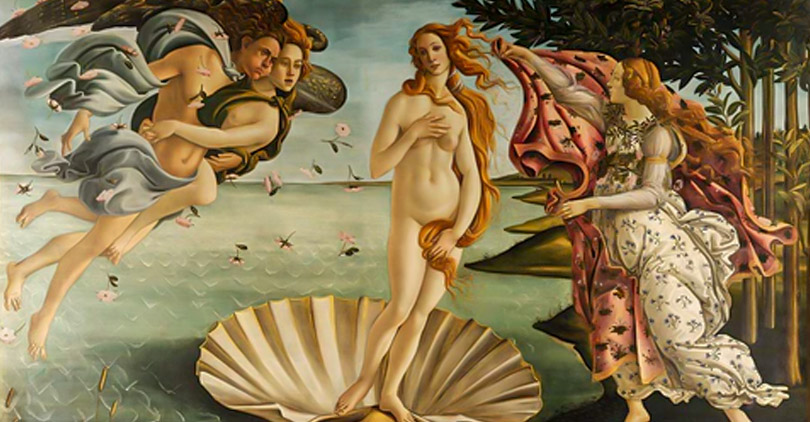
The symbolism of pearls has changed radically with the different art movements. They are reflecting changes in society and culture. From the Renaissance into the 20th century, pearls have evolved from mystical symbols to icons of beauty and elegance.
Every era has redefined its meaning and role in the realm of art. Let's explore:
Renaissance Era
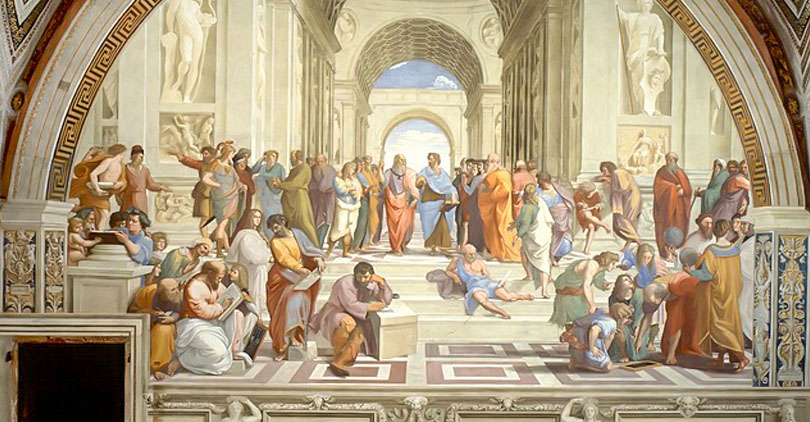
The pearl had a really deep symbolism during the Renaissance. They were often associated with purity, chastity, and heavenly beauty. Perhaps one of the most famous examples of this can be found in the painting by Botticelli entitled "Birth of Venus."
Here, Venus is bedecked with chains of small pearls that make her divine origin unmistakable. In the work, pearls denote her relationship to the sea with subtlety, reminding one of her natural purity and spiritual grace.
With Botticelli, pearls are used to emphasize the connectivity between beauty and nature. They are bringing the viewer into a world where aesthetics are mixed with divine influence. The placing of pearls around Venus demonstrates that during the Renaissance, there was an ideal to uplift the human figure. They are giving her an airy, timeless grace.
Baroque and Rococo Periods
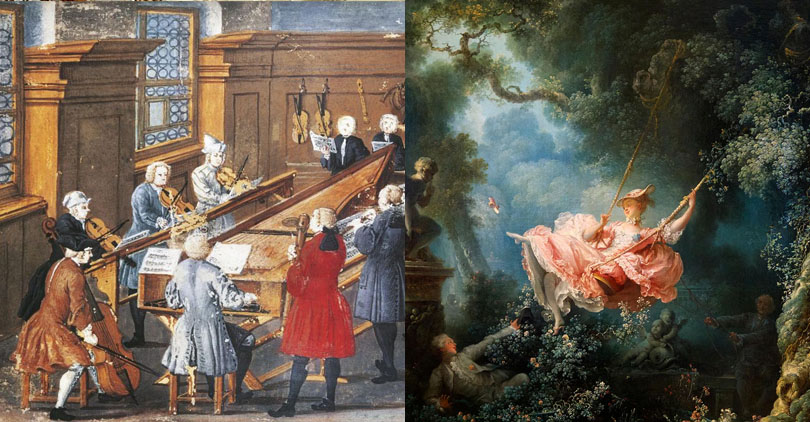
The pearls had grown to be more than a mark of status in the periods of Baroque and Rococo. They symbolized opulence and romantic allure.
Vermeer's "Girl with a Pearl Earring" uses one pearl to create an image of the most becoming grace out of an ordinary girl. It is proof that the pearl does have the power to enhance simplicity with sophistication.
Meanwhile, the artists of the Rococo period, such as François Boucher, made use of the pearls to reflect romance and luxury. In "The Toilet of Venus," pearls were used to adorn the scene of lavish softness, lending a sense of intimacy and allure.
Pearls in these periods celebrated indulgence. They symbolized the beauty in life's finest details and everyday splendor.
19th and 20th Centuries
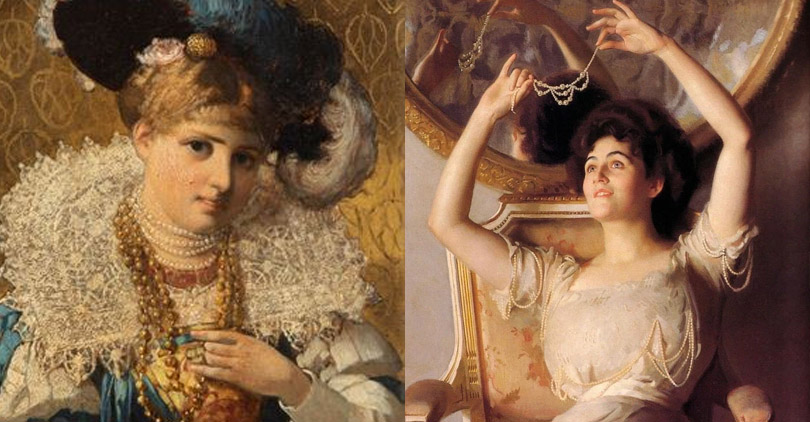
From the 19th to the 20th century, the role of pearls changed in art from symbolic to merely fashion-forward. Back then, art was more inclined to introspective themes. Pearls were starting to speak for elegance alone and not for any mystical significance anymore.
In fashion, though, they were still important because of icons such as Coco Chanel and Audrey Hepburn. They redefined them as timeless elixirs of chic accessories.
These figures encased pearls' sophistication in a modern framework. Thus, pearls became an integral part of refinement and personal style.
Never before did pearls undertake the transformation from art symbolism to fashion staples. They were integrating classic beauty with the power of individual expression across ages and fashions.
Modern Portrayals of Pearls in Art
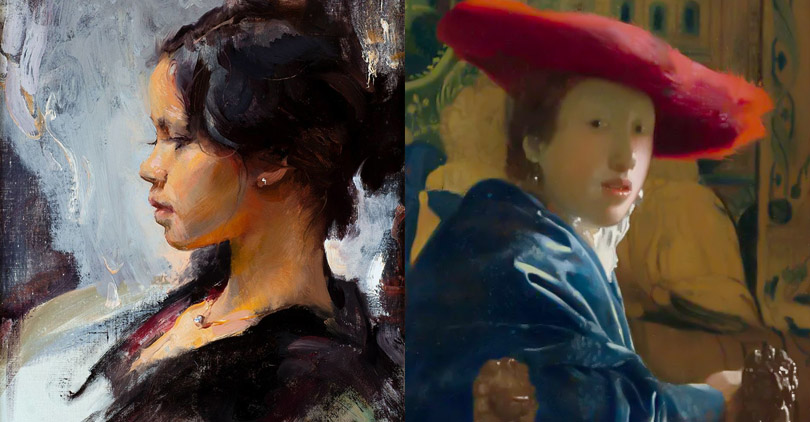
Today's art pearls signify not only individual beauty but also understated elegance. In “Sophia, Single Pearl” by Daniel Gerhartz, a single pearl draws attention to the subject of natural grace. Gerhartz idealizes simplicity and shows how one simple pearl can have sophistication and depth.
In classical paintings, pearls symbolized status. But for contemporary artists, they serve to beautify the underlying features. Today, pearls are not about luxury. They denote refinement and universal elegance.
One of the things that artists make sure to point out is how pearls enhance natural charm. It gives them a new meaning rooted in the self.
Are you among those who draw inspiration from that eternal glamour? The pearl collection by White Victoria unleashes incredibly chic designs.
Their jewelry makes a perfect marriage of classic and modern with the timeless charm of pearls in strands. They are perfectly fitted for today's styles.
Why Pearls Endure as Artistic Symbols
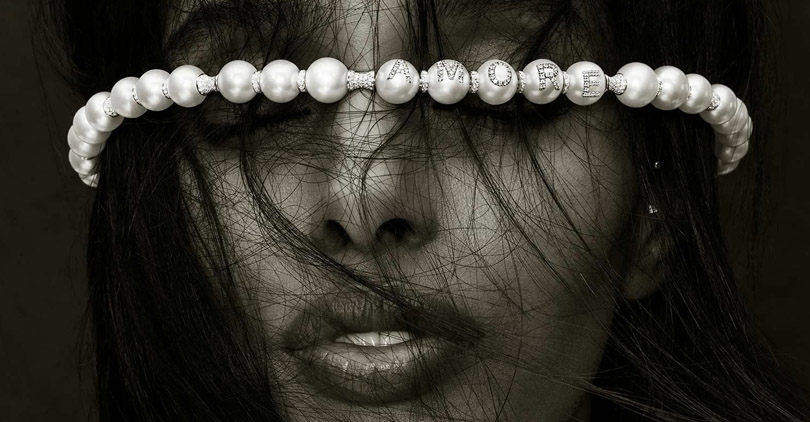
There is something dual with pearls: they are a symbol of luxury and, at the same time, of simplicity. The soft glow that emanates from them is a style in which elegance never borders on excess.
For this reason, they have always been a synonym for good taste and discreet beauty. This is the object of balance that has maintained them over the centuries and across artistic currents.
Since time immemorial, pearls have epitomized amenity and beauty. They are crossing cultures and temporal lines.
From ancient royals down to modern minimalism, pearls just don't lose that elegance. It is full of classic, full of freshness all at once. They adapt to each era without losing their charm in doing so.
Pearls move through society from a single form of divinity to a personal symbol of beauty and individuality. So, too, do the changes in their purpose in art.
Their presence is continuous. Thus, their timeless appeal through time enables amalgamation into the modern touch.
Conclusion
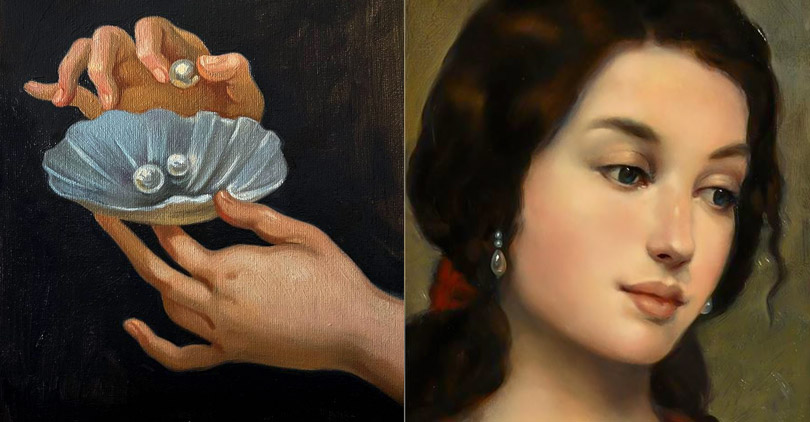
Pearls have come down through history as embodiments of grace, elegance, and timeless beauty. Moving from the grounds of the royal courts to the modern meaning of fashion, they have captured hearts and imagination across ages. Both as art and adornment, pearls still enchant us with their quiet, soft allure.
Are you drawn to the legacy and charm of pearls, like ancient heirlooms? White Victoria's Collection provides a flawless blend of historical substance and modern style.
Check out their pieces for that touch of modern elegance. It can connect you with the storied past of the pearls and add a bit of that timeless beauty to your style.
FAQs
What is the significance of pearls in art?
In art, pearls symbolize purity, grace, and status. They often represent divine beauty or elegance across cultures and time.
Why are pearls so classic?
What makes pearls timeless are, of course, their natural beauty and versatility. They add elegance and sophistication to any style, be it vintage or modern.
Do pearls deteriorate if not worn?
Yes, pearls can indeed dry out over time. The constant wear helps to keep the pearl luster by hydrating it with natural oils of the skin.
How to tell if pearls are real?
Rub the pearls on your teeth. A real pearl feels gritty because of the layers, while real pearls are smooth.
What do pearls say about a woman?
The pearls evoke sophistication, grace, and timelessness. Besides, they are often being symbolic of a woman's assurance and good taste.


Leave a Comment